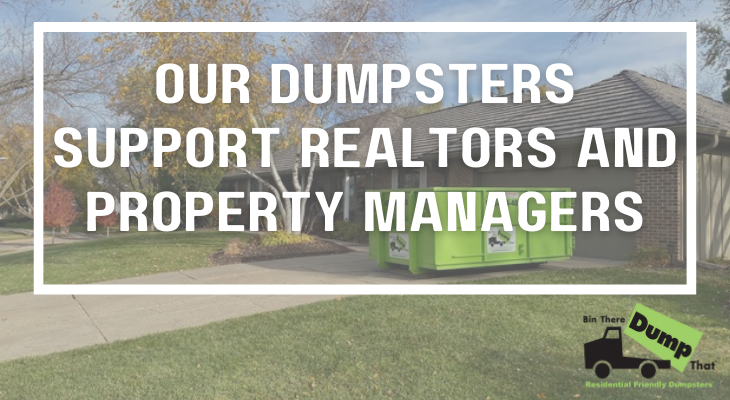
Revive Your Home for Spring with This Spring Home Maintenance Checklist
As the snow melts and the days grow longer, spring emerges as a time of renewal and rejuvenation. This sense of renewal extends to our homes, making it the perfect season for spring home maintenance. Embarking on house maintenance in spring not only prepares your living space for the warmer months ahead but also helps in identifying and addressing any damages caused by winter. Here, we dive into the importance of spring maintenance, outline a comprehensive spring maintenance checklist, and provide tips on how to clean a messy spring house, ensuring your home is refreshed and revitalized for the season.
Why is Spring Home Maintenance Important?
Spring home maintenance is crucial for several reasons. Firstly, it's an opportunity to assess and repair any winter damage. The cold months can be harsh on a home, with snow, ice, and freezing temperatures potentially affecting its structure and systems. Secondly, spring maintenance helps in enhancing your home's efficiency. Sealing gaps, insulating pipes, and servicing your HVAC system can lead to significant energy savings. Lastly, a well-maintained home provides a healthier living environment, reducing the risk of allergies and improving indoor air quality.

What Parts of Your House Need to be Maintained Every Year?
Virtually every part of your home can benefit from annual maintenance, yet some areas demand particular attention in spring. The exterior walls and roof should be inspected for any signs of damage or wear, such as loose or missing shingles and cracks in the siding, which are crucial to address to maintain the integrity of your home.
Gutters and downspouts need to be cleared of debris to ensure water is effectively directed away from your home's foundation, preventing potential water damage. Windows and doors require a check for seals and weather-stripping to identify any leaks or gaps that could allow drafts or pests to enter.
The HVAC system, a vital component for your home's comfort, should be professionally serviced to ensure it is running efficiently and to extend its lifespan. Landscaping also plays a role in spring maintenance, with tasks such as pruning overgrown vegetation, removing dead plants, and planning your spring planting to enhance your home’s exterior appeal and health. Finally, the foundation should not be overlooked; it's important to look for any cracks or signs of moisture that could indicate foundational issues, ensuring your home remains safe and stable.
Looking for a FREE Quote?
Our Dumpster Consultants are waiting to help you find an affordable solution to your waste disposal needs; we can't wait to help you with your project!
How Do You Maintain a House in Spring?
Maintaining your house in spring involves a systematic approach to ensure every part of your home is cared for. Here's a spring maintenance checklist to guide you through the process:
1. Inspect and Clean Gutters: Prevent water damage by ensuring your gutters are free of debris and draining correctly.
2. Check Roof Shingles: Winter weather can be tough on your roof. Replace any broken or missing shingles to avoid leaks.
3. Service Your HVAC: A professional HVAC service can improve your system's efficiency and extend its life.
4. Seal Windows and Doors: Keeping the elements out will increase your home's energy efficiency and comfort.
5. Test Smoke and Carbon Monoxide Detectors: Replace batteries and test these devices to ensure your home's safety.
6. Deep Clean and Declutter: A thorough clean can not only refresh your home but also give you the opportunity to declutter.
7. Prepare Your Garden: Clear out old growth and plan your garden for the coming season.
How Do You Clean a Messy Spring House?
Spring cleaning is a cornerstone of spring home maintenance. Start by decluttering each room, which can instantly make your space feel cleaner and larger. Tackle one area at a time, sorting items into categories: keep, donate, and discard. Once decluttered, deep clean from the top down, beginning with ceilings and light fixtures and ending with floors. Use environmentally friendly cleaning products where possible to maintain indoor air quality. Organizing as you go can also prevent future messes, making it easier to maintain a clean home throughout the year.

The Impact of Spring Home Maintenance
Engaging in spring home maintenance not only revitalizes your living space but also protects your investment. By conducting a thorough spring maintenance checklist, you can identify potential problems before they become costly repairs, ensure your home is efficient and safe, and enhance your living environment. Furthermore, cleaning a messy spring house not only improves its aesthetic appeal but also contributes to a healthier, more enjoyable home.
As we welcome the warmth and renewal that spring brings, taking the time to perform spring home maintenance ensures our homes are prepared, protected, and primed for the season. From inspecting the exterior to deep cleaning interiors, these tasks rejuvenate our living spaces and enrich our quality of life. So, embrace the spirit of spring, and let the season of renewal extend to every corner of your home.













